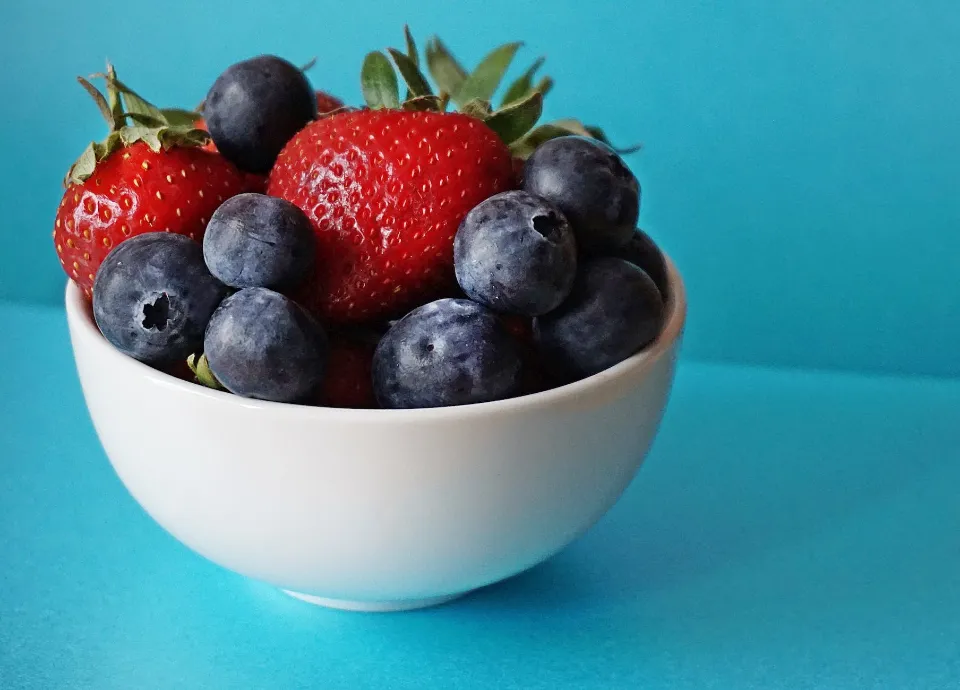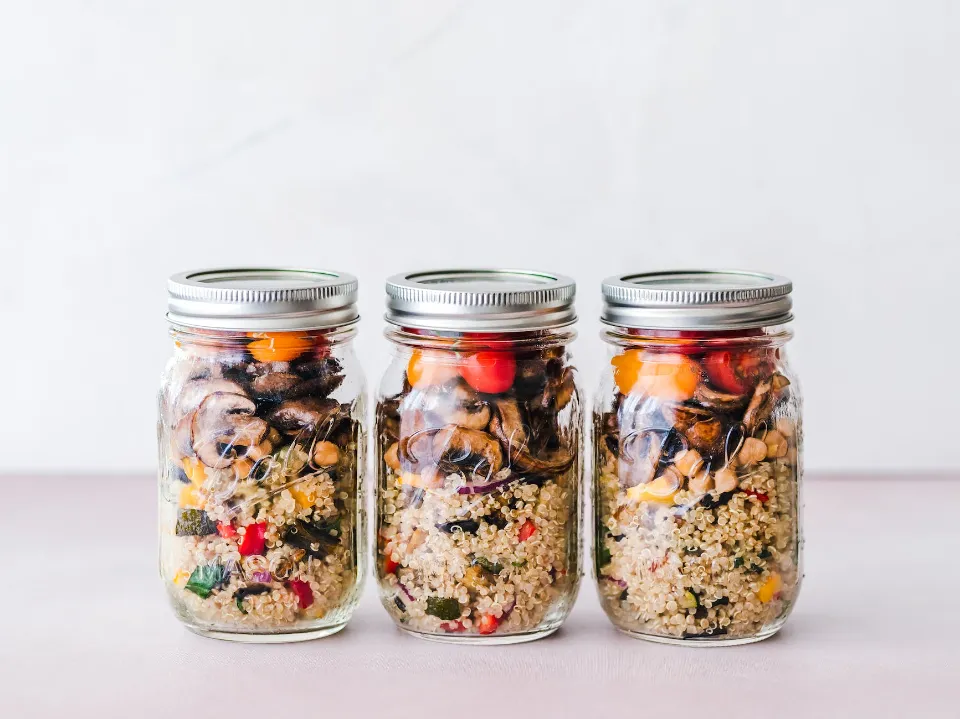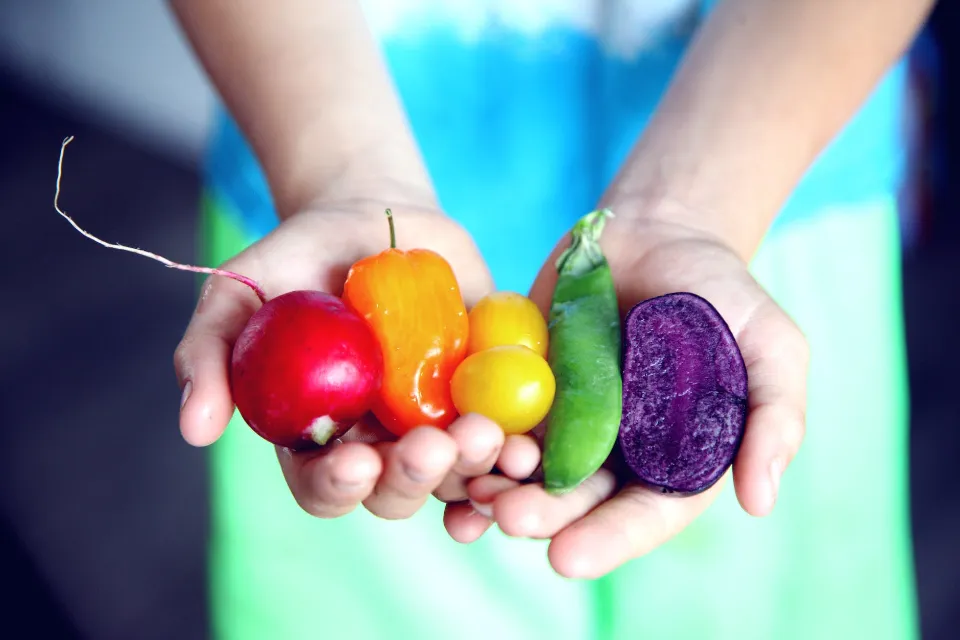It has never been more important to fight against deadly infectious diseases that affect both adults and children. In 2019, pneumonia alone will claim the lives of 2.5 million people, including 672,000 children. Millions more are at risk of contracting pneumonia and dying due to the combined effects of the coronavirus pandemic, global warming, and violence.
Our diet actively manages the risk of developing pneumonia and recovering from pneumonia. Please read this article to learn about the best foods to include in your diet if you recently experienced pneumonia. These foods will guarantee a quicker recovery.
What Causes Pneumonia?
Bacteria and viruses are the most prevalent types of microorganisms that are airborne. Normally, your body stops these viruses from infecting your lungs. These viruses, however, can occasionally devastate your immune system even if you are deemed physiologically healthy. Based on how often it occurs and what kinds of germs cause it, pneumonia is categorized.
- Bacteria: The most frequent bacterial pneumonia pathogen in the US is Streptococcus pneumonia. This type of pneumonia can occur on its own or as a result of a cold or virus. Lobar pneumonia results from it only being able to infect one lung lobe.
- Bacteria-like organisms: Pneumonia can also be brought on by things that resemble bacteria, like Mycoplasma pneumonia. It typically results in fewer severe symptoms than other forms of pneumonia. This type of pneumonia is referred to as walking pneumonia because it typically doesn’t require bed rest.
- Fungi: This type of pneumonia is more common in people with weakened immune systems, chronic health issues, and those who have inhaled significant amounts of the organisms. It is caused by fungi found in soil or bird droppings that vary by geographical region.
- COVID-19 and other viruses: Some viruses that cause colds and the flu are also capable of causing pneumonia. The most common cause of pneumonia in children under five is known to be viruses. In most cases, viral pneumonia is mild. However, in certain circumstances, it can be very serious. Severe pneumonia could be brought on by the coronavirus of 2019 (COVID-19).
What to Eat in Pneumonia?
Our health has been shown to be enhanced by eating these foods, and pneumonia recovery has been accelerated.
Foods Rich in Vitamin C
Pneumonia can be treated with vitamin C because it strengthens the immune system. Therefore, since oranges are rich in vitamin C, a potent antioxidant for the body, you can eat them. But avoid eating extremely sour oranges if you have a sore throat as this could make it worse. Instead, you can consume other citrus fruits, such as lemon, berries, and kiwi, as they also provide high levels of vitamin C.

Honey
It has a long history as a traditional medicinal component. Patients with pneumonia should consume honey because it helps to relieve the uncomfortable symptoms of a cold, cough, and sore throat. You can heat your lemonade slightly before drinking it, and you can add honey to it.
Protein-rich Foods
A high-protein diet is recommended for people with pneumonia. Almonds, peanuts, beans, white meat, and cold-water fish are protein-rich foods with anti-inflammatory qualities. These foods may also improve the body’s ability to repair and regenerate tissues.
Yogurt
Yogurt is well known for containing good bacteria that are beneficial to the body. It has probiotics, which stop the development of pneumonia-causing microorganisms. If they are available, you might also drink more probiotic drinks because they have a similar impact on the body to yoghurt. Because it boosts your immune system, yogurt should be a regular part of your diet.
Cruciferous Vegetables
The green leafy vegetables known as cruciferous vegetables are rich in nutrients and can aid in your recovery from this respiratory infection. Examples include kale, lettuce, and spinach. Antioxidants are among them; they shield the body from infections.
Whole Grains
Lower energy is a side effect of pneumonia for those who experience it. Chest pain and breathing issues exhaust the patient when they also have a cold and a fever. In this scenario, your body requires the appropriate amount of energy to replace the one that was lost. Eat a lot of whole grains, especially quinoa, brown rice, and oats, which are great additions to the diet.
Turmeric
Turmeric’s anti-inflammatory properties help to alleviate chest pain, which is one of the first indicators of pneumonia. Turmeric, as a mucolytic, aids in the removal of catarrh and mucus from the bronchial ducts, making breathing easier.

What Not to Eat for Pneumonia?
For people with pneumonia also known as chronic lung disease, certain foods can trigger symptom flare-ups, so before reaching for whatever looks tasty, you might want to avoid these foods with lung disease.
Frozen Foods Or Cold Cuts
Your health is always in danger from cold cuts. The majority of cured meats, including bacon, cold cuts, ham, and hotdogs, contain nitrate-containing additives. Cold or frozen cuts should be avoided if you have pneumonia.
Excessive Salt
While a small amount of salt cooked into a dish may be acceptable, a salt-rich diet can be harmful. Salt can cause people to retain water, and too much water can make it difficult to breathe. Try using herbs and spices to improve the flavor of food rather than salt or a salt substitute.
Fried Foods
Excessive fried food over time can cause weight gain, which increases pressure on the lungs. You might be wondering how, well, fried foods can cause bloating and discomfort by pressing on the diaphragm and making it uncomfortable and difficult to breathe.
Dairy Products
Avoid dairy products if you have pneumonia because they can make your symptoms worse. While milk is nutritious and filled with calcium, it contains casomorphin, a “breakdown product of milk,” which has been known to increase mucus in the intestines.
Everyone enjoys eating well, but when you have a chronic condition like lung disease, eating well is more crucial. Before making dietary changes, consult your doctor. Not only can eating well help you fight pneumonia, but so can leading a healthy lifestyle and exercising frequently.
Conclusion
Yogurt and honey are two foods that have been shown to help with health enhancement and pneumonia recovery. But once more, you cannot simultaneously consume foods that are beneficial for recovery from pneumonia and fried foods, which are not.
FAQs
How Can Pneumonia Worsen?
If your pneumonia isn’t treated, the pleura can get swollen, creating sharp pain when you breathe in. Pleural effusion, also known as an accumulation of fluid between the pleura, can occur if the swelling is left untreated. If the fluid gets infected, it leads to a problem called empyema.
What Are the Danger Signs of Pneumonia?
See your doctor if you have difficulty breathing, chest pain, persistent fever of 102 F (39 C) or higher, or persistent cough, especially if you’re coughing up the pus. It’s especially important that people in these high-risk groups see a doctor: Adults older than age 65.



